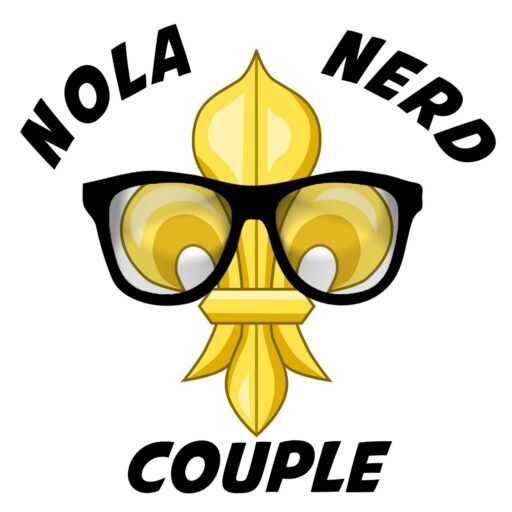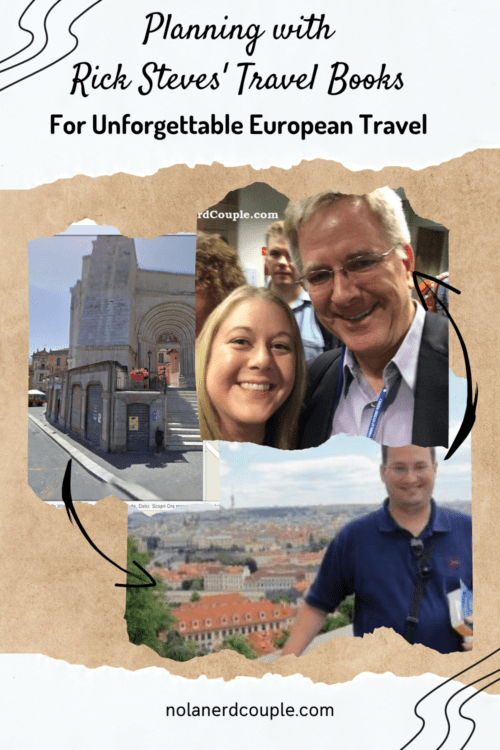During our 2010 trip to Europe, we visited a few churches. Being raised Catholic is one reason why we made sure we visited them; being history majors was another reason. Churches of the Middle Ages are more than just places of worship. They were landmarks most of the cities were built around. They were the meeting places of the masses. Since most of those masses were uneducated during this time, the Churches served another purpose. They told the story of Christ through their windows and their art. They also told a story through their architecture.
We are not experts in architecture. Yet, when we visited Notre Dame in Paris, The Duomo in Florence, and St. Peter’s Basilica in Vatican City we came away with different feelings about the Church.
The first of the great cathedrals that we visited was Notre Dame. Right away, I felt that this church represented the power of the Church. It is an imposing yet beautiful piece of architecture. The outside facade with all of intricate statues made me feel as if I was already inside the building. Since we all know we act different outside of church from inside, the power of the building can be intimidating. The two towers stand out magnificently strong among the Parisian landscape. Inside, we felt the same way. Of the three great Catholic churches we visited, this was the only one we were able to make mass. Having that much time to experience the inside of the church, we felt the Cathedral’s power in the same way as well. The rose shone through making us feel that we were in some place special. The vaulted nave focuses your church on the altar. The story of this great building focuses on the power of Christ, and it executes it brilliantly.
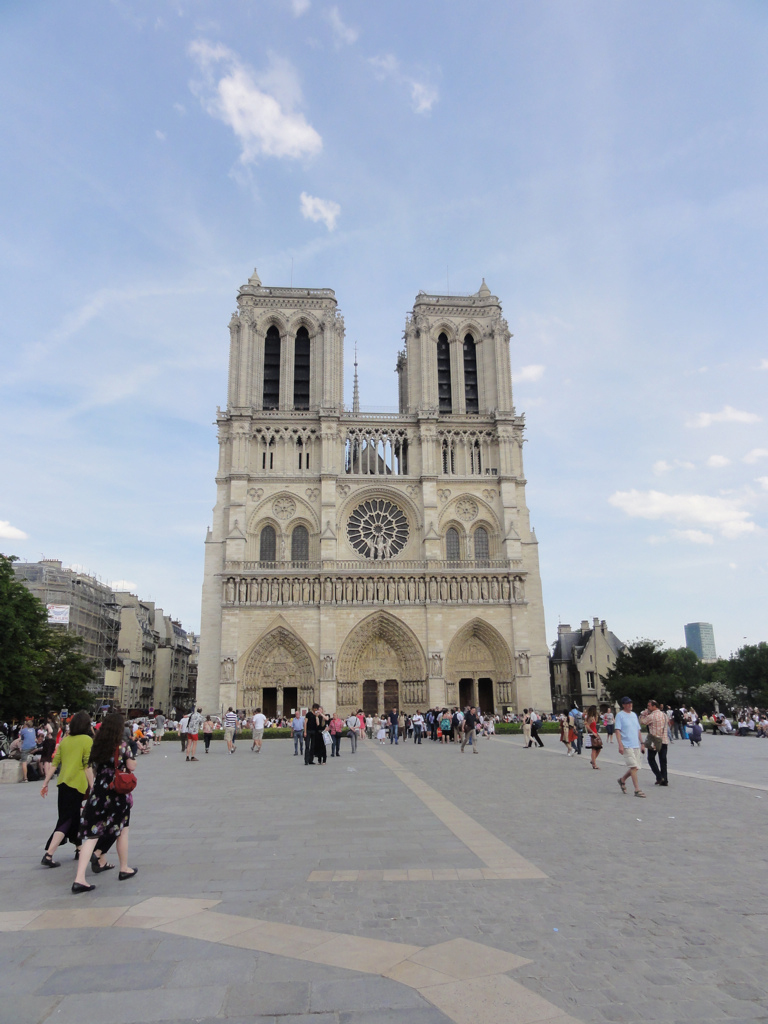
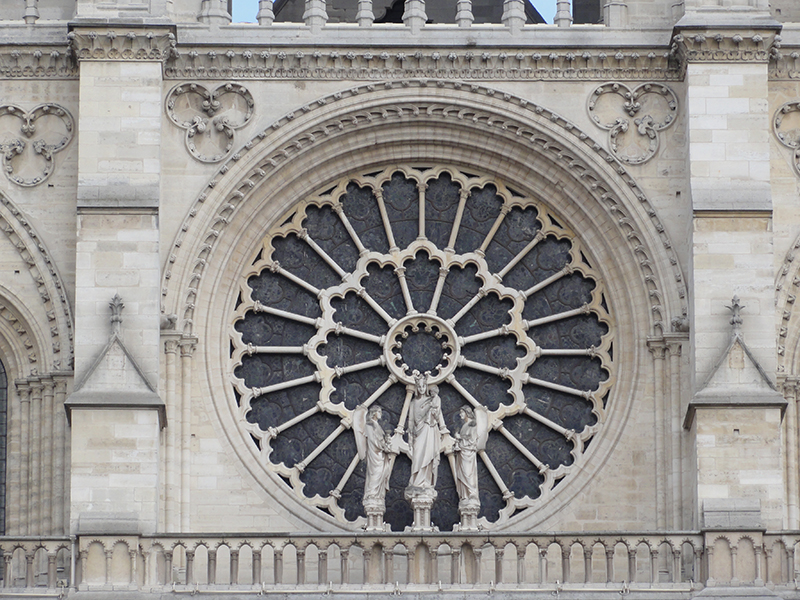
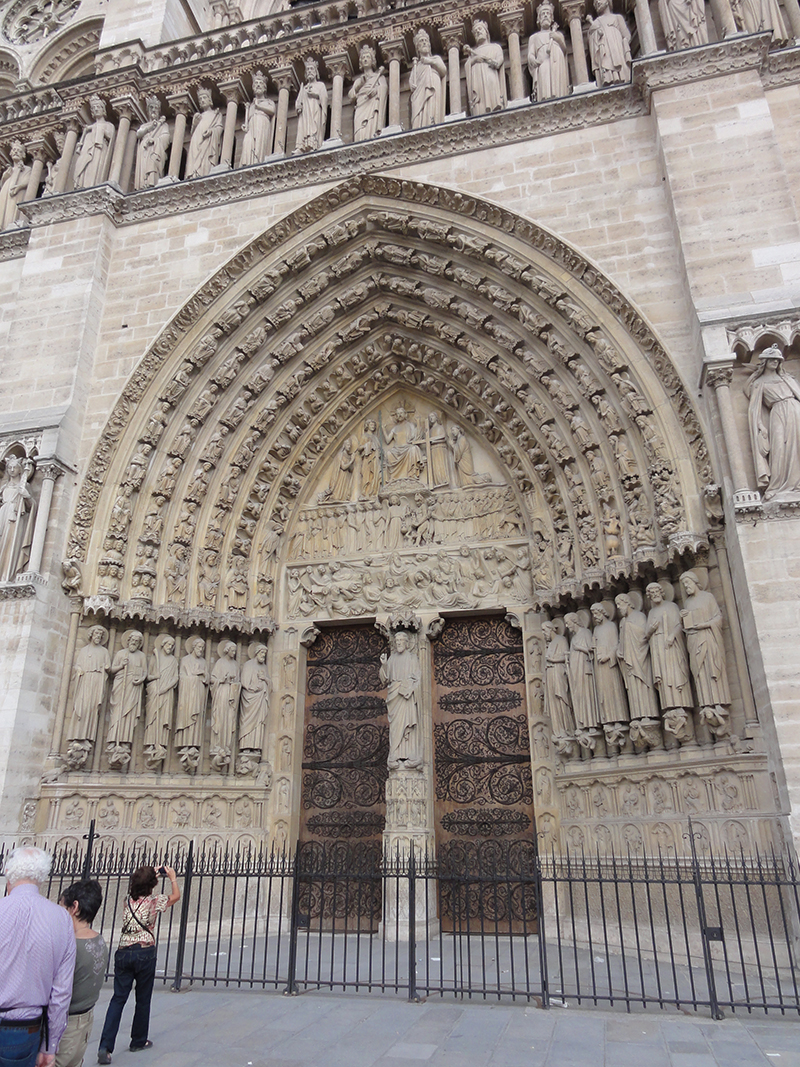
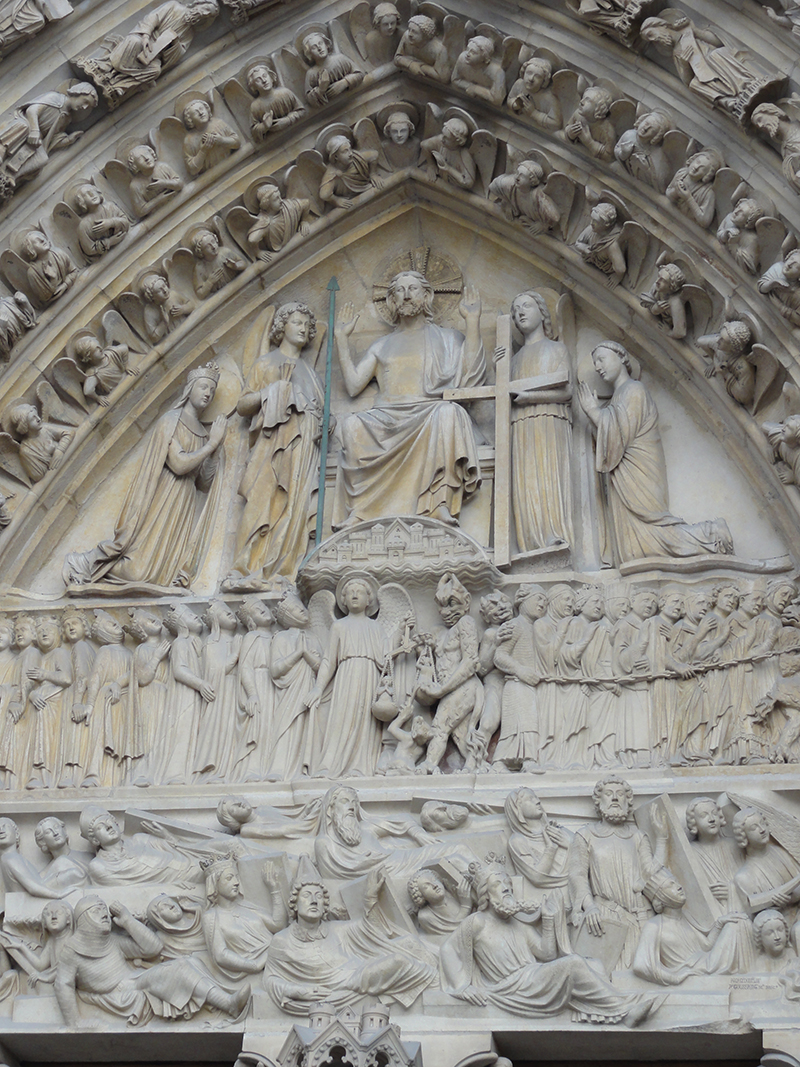
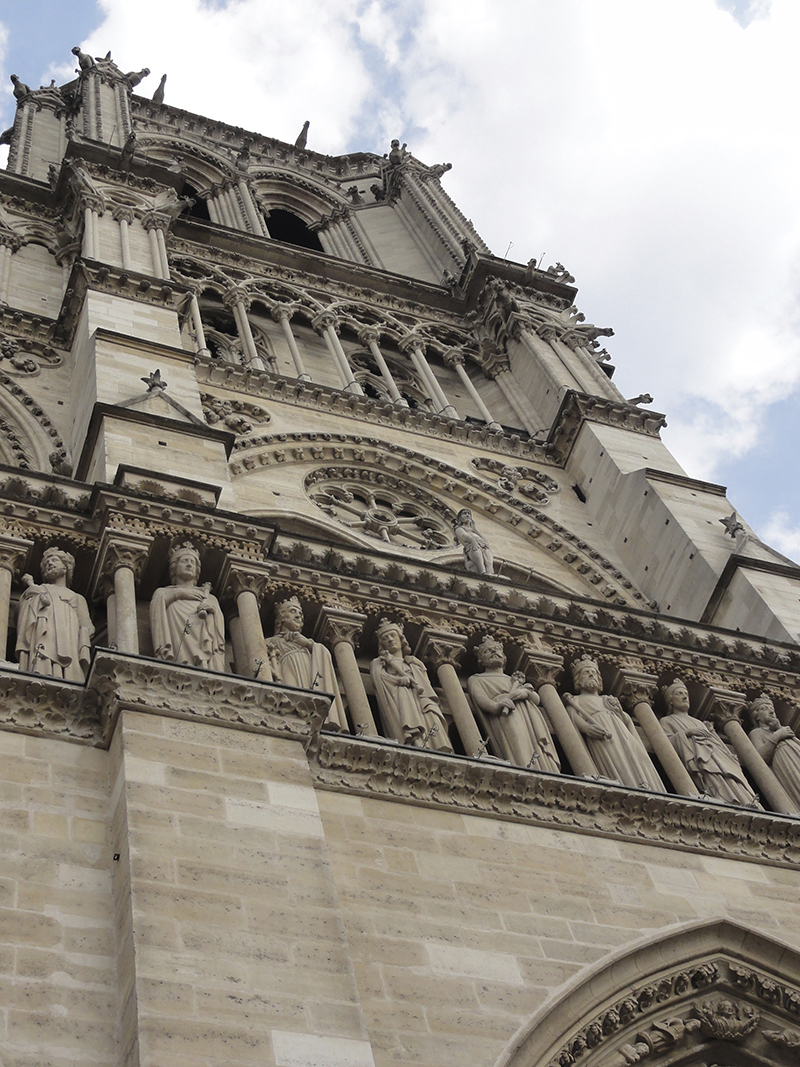
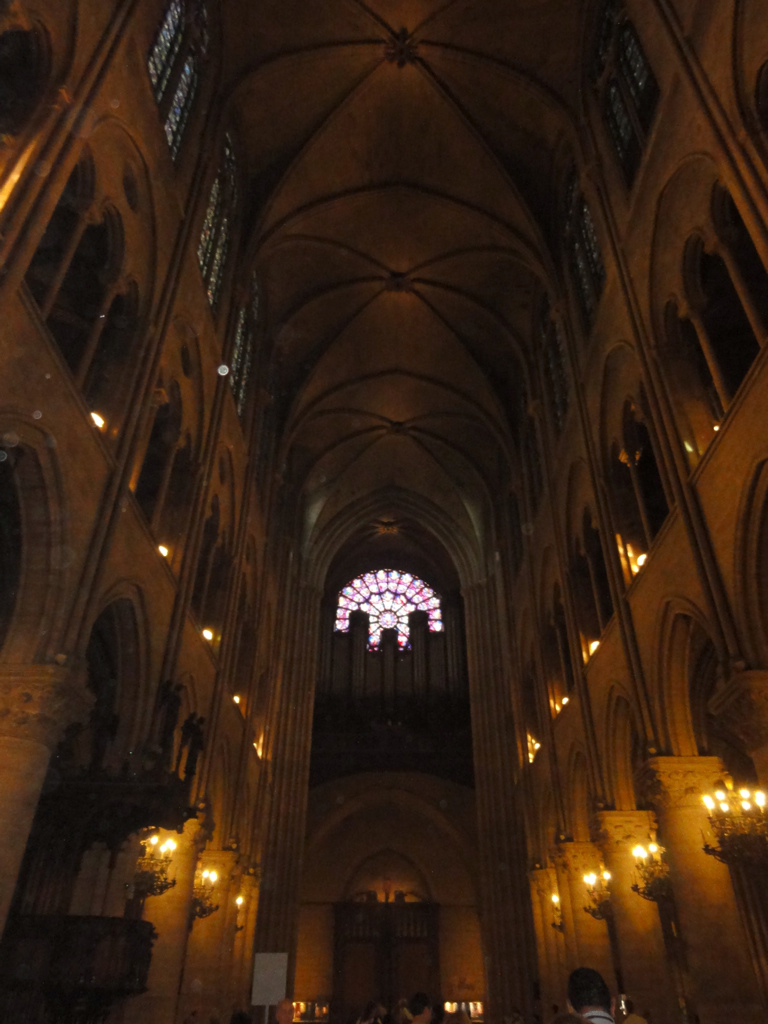
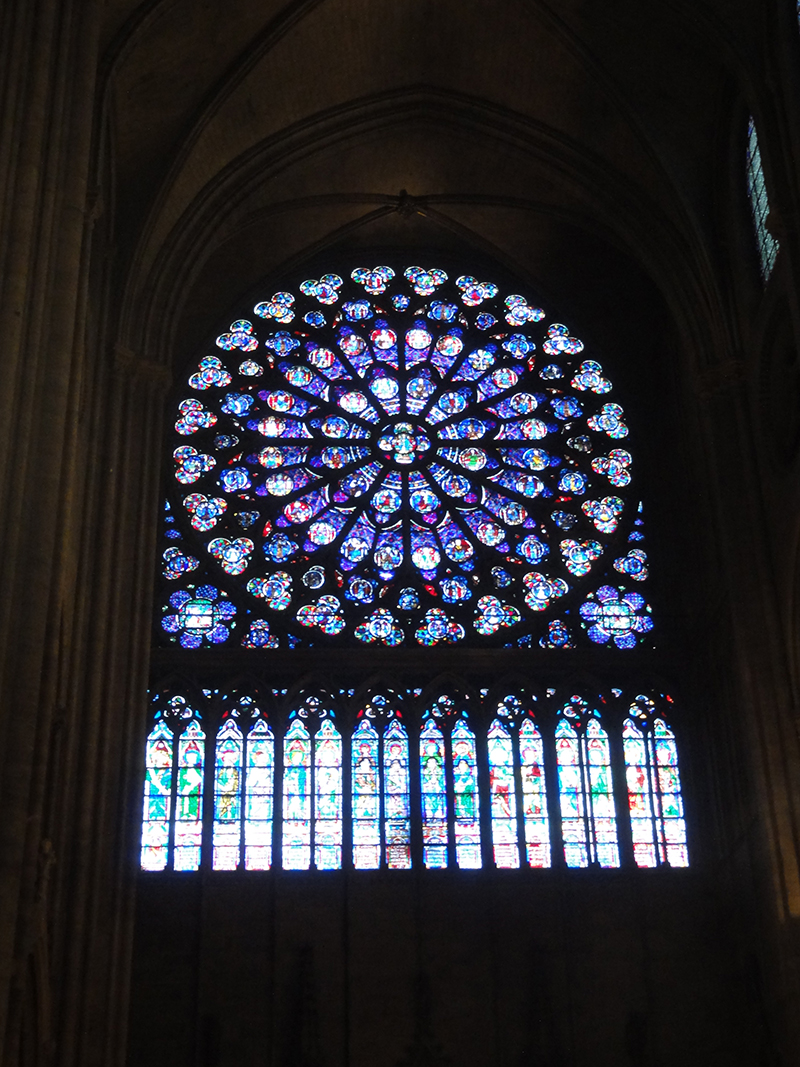
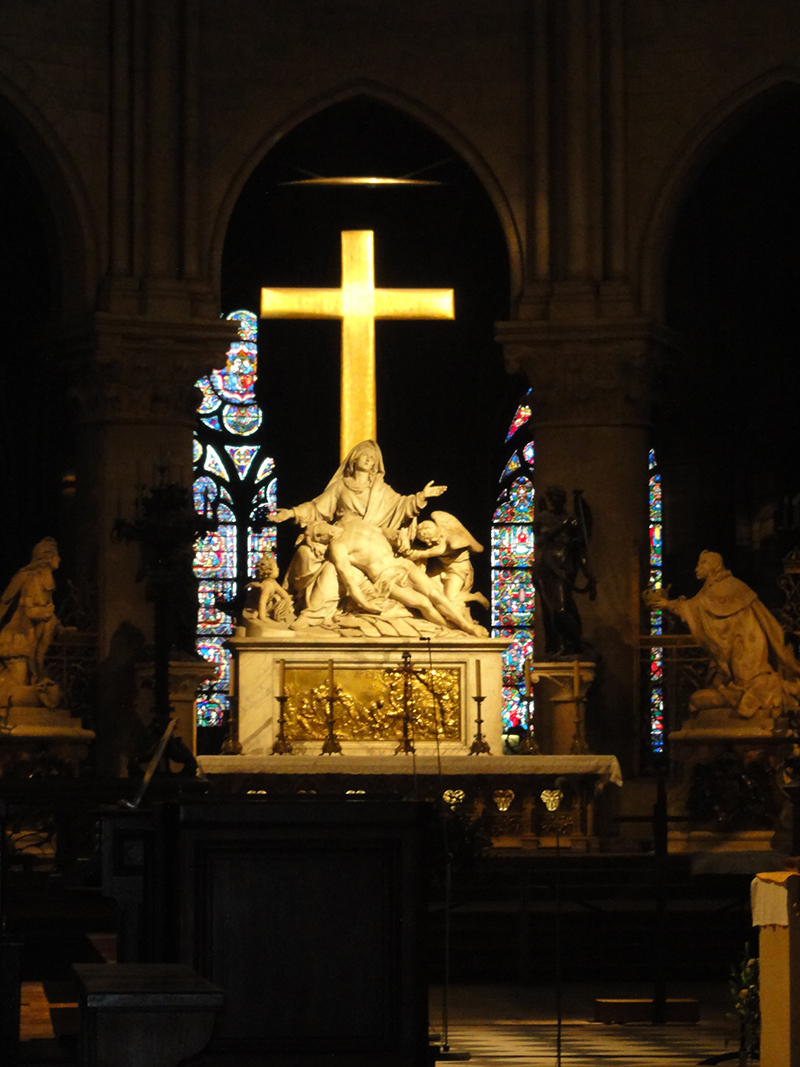
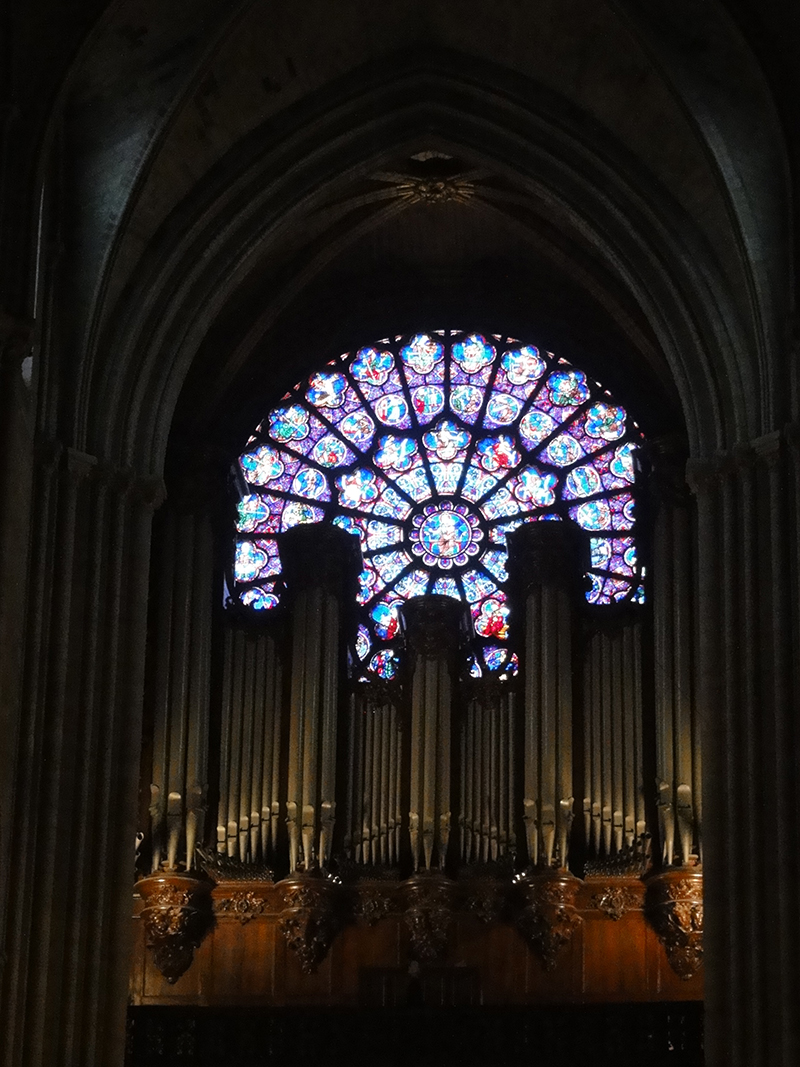
If Notre Dame is about power, The Basilica di Stanta Maria del Fiore of Florence is about the beauty of the Church. The Duomo dominates the skyline of Florence. It seems as if all roads in Florence lead to it. The outside of the church is striking. It is not he pure stone building almost all of the other churches we visited look like. The marble used here is white, green, and red. The outside is colorful especially its striking orange roof. Of course, it has the Dome. Built after the church was hundred years old, it is a marvel to behold. Most buildings would crumble under the weight of a dome, but Brunelleshi’s masterpiece solved it by making it an octagon that allowed the weight to distribute evenly. Unlike Notre Dame, the Baptistery and the bell tower are separate. The doors to the Baptistery, originally designed by Ghiberti, are still a treat to see even though the originals have been replaced with replicas. The interior of the church is also softer than Notre Dame. Unlike the Cathedral in Paris, this one invites the eye to look around. Paintings here not only tell the story of Christ, but also acknowledge that Florence is a great city of art and poetry with a painting of Dante and Divine Comedy. The fresco under the dome is so amazing I got dizzy from looking up at it. Beauty has its own special power.
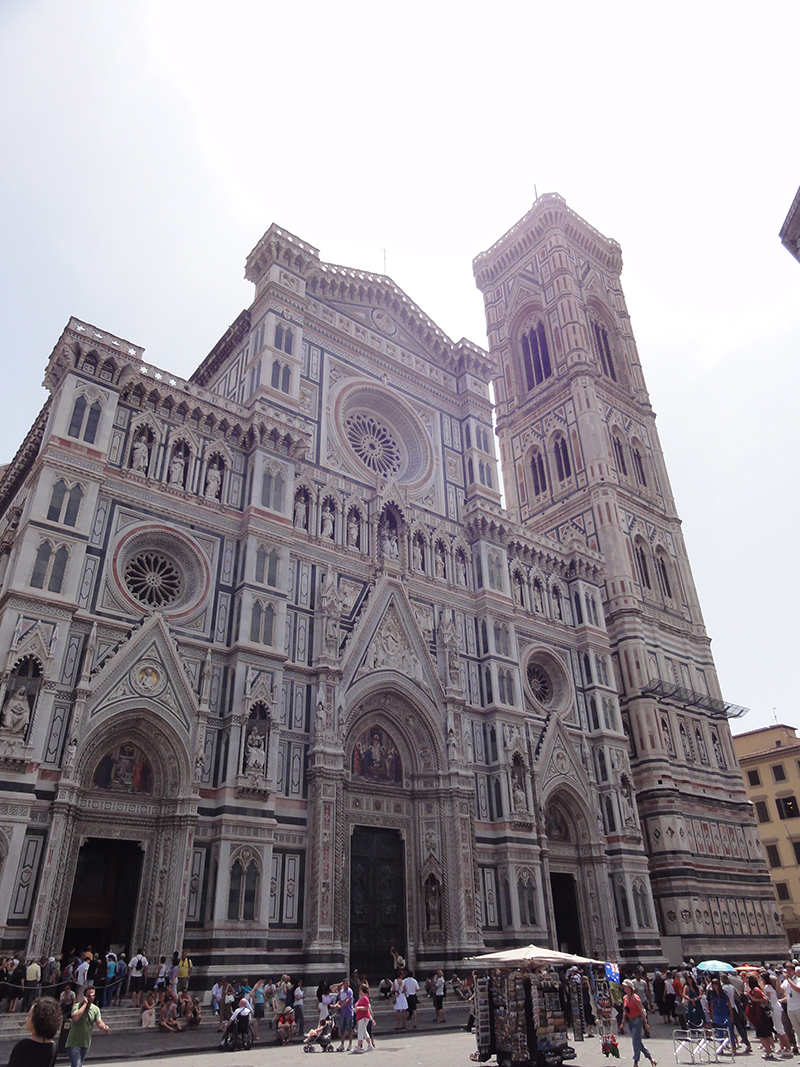
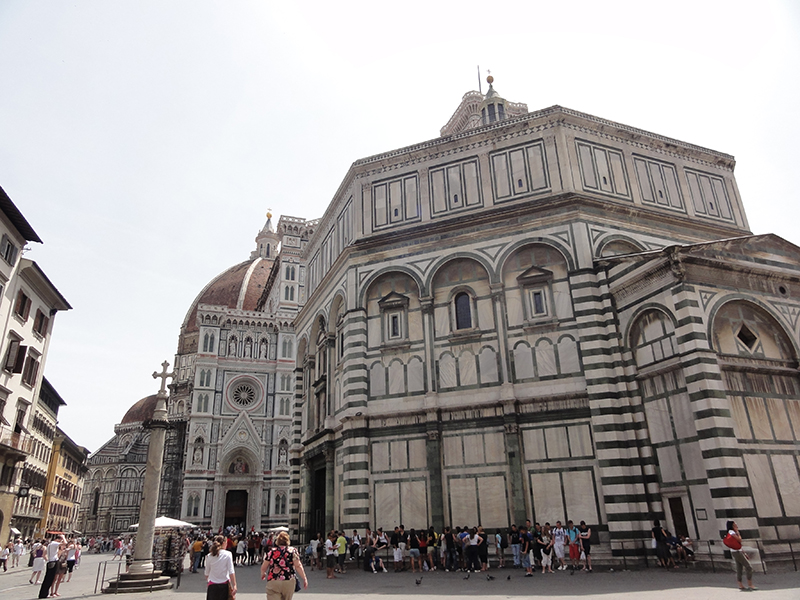
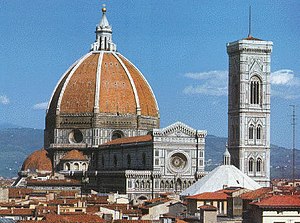
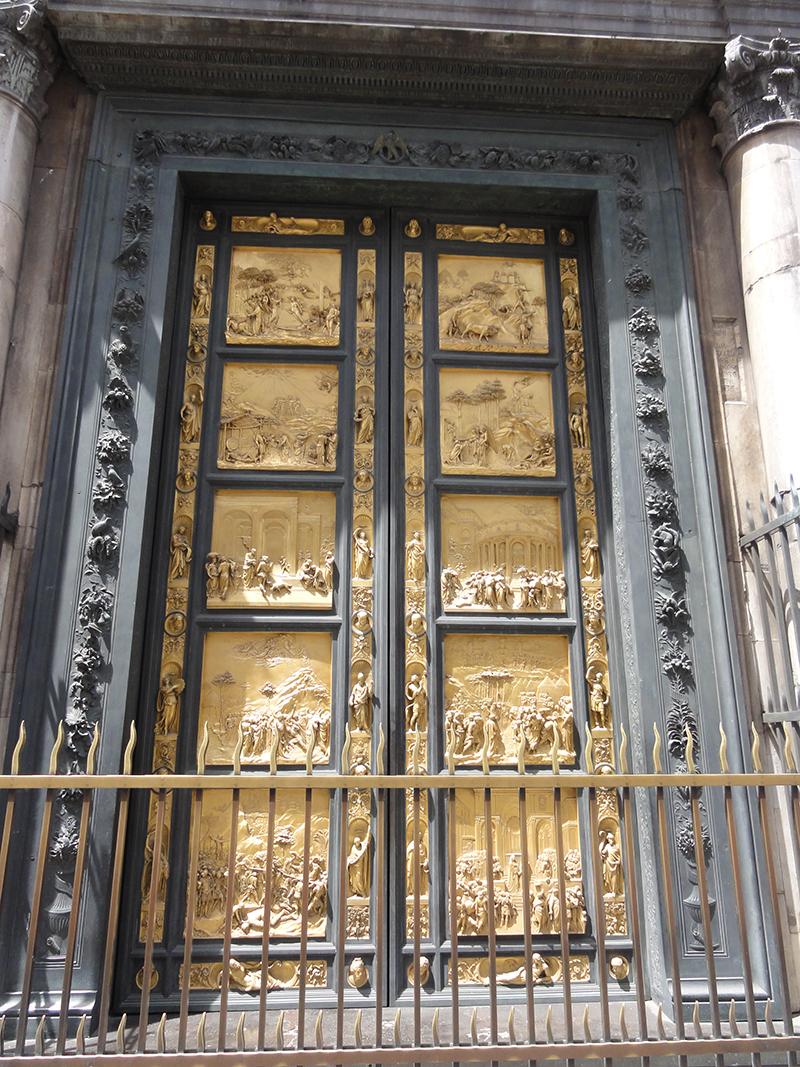
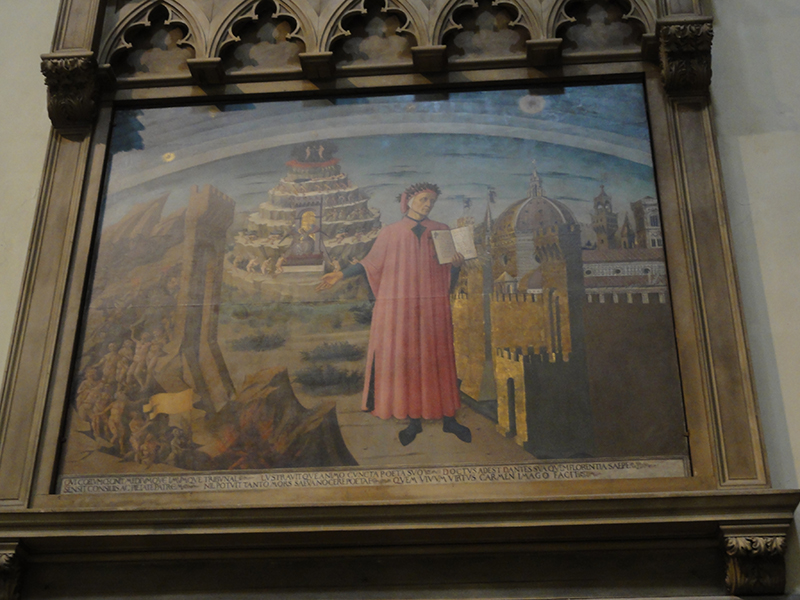
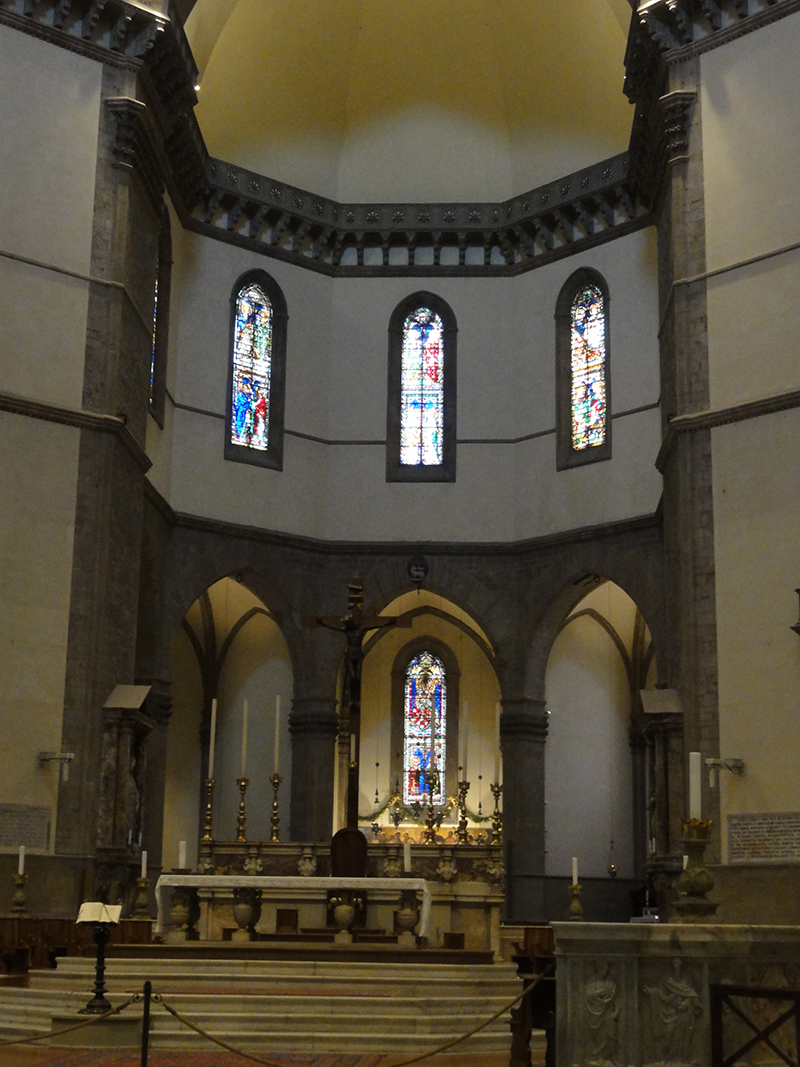
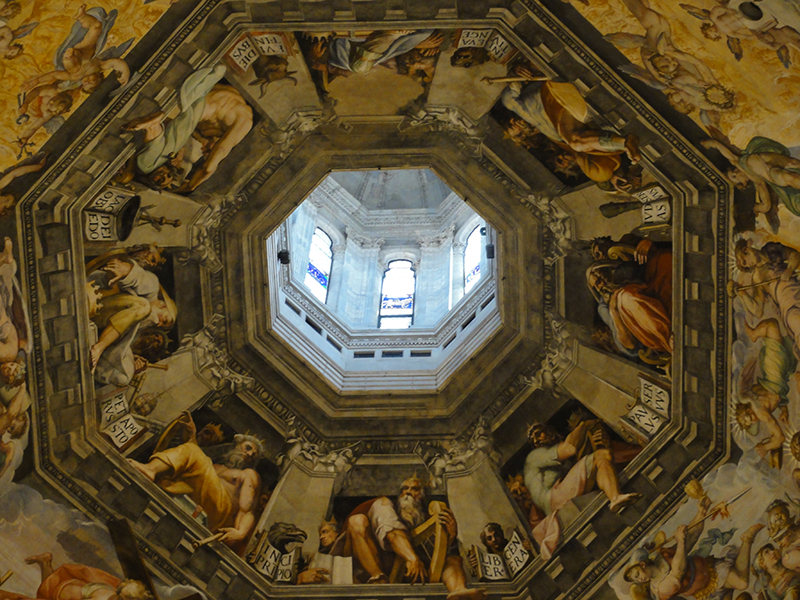
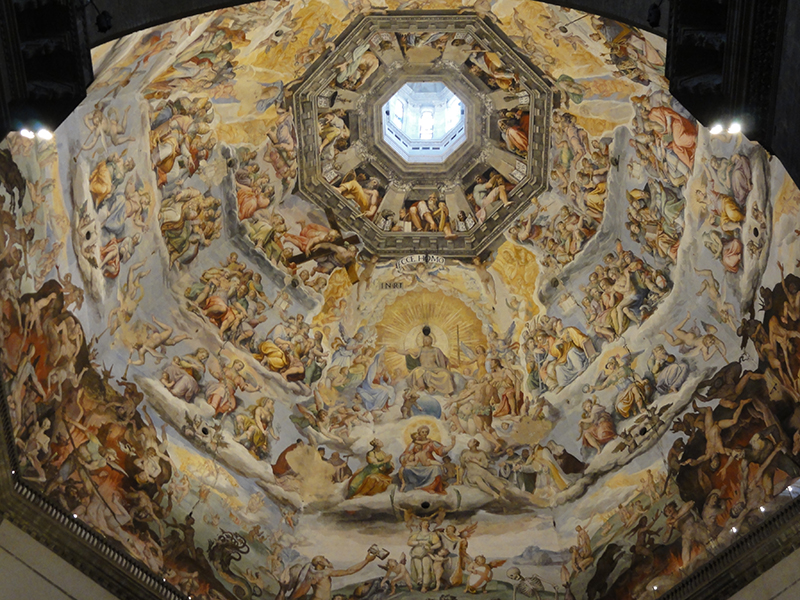
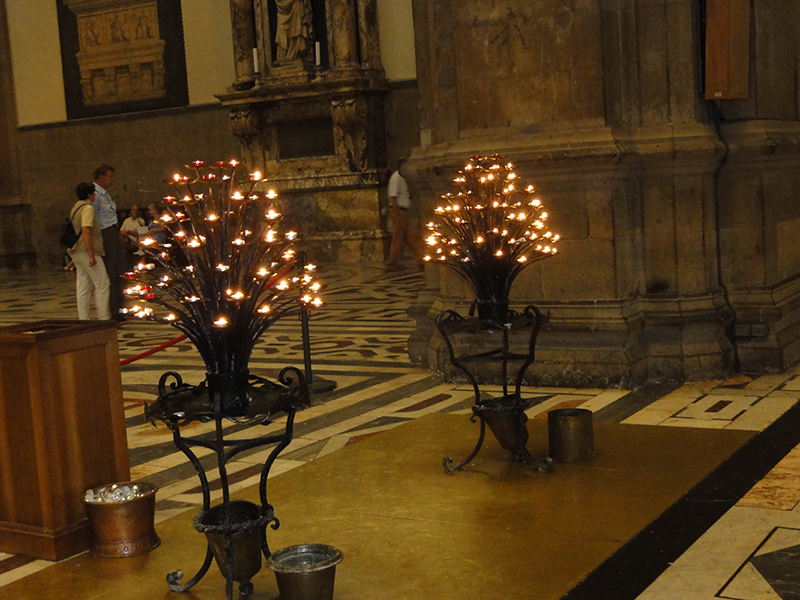
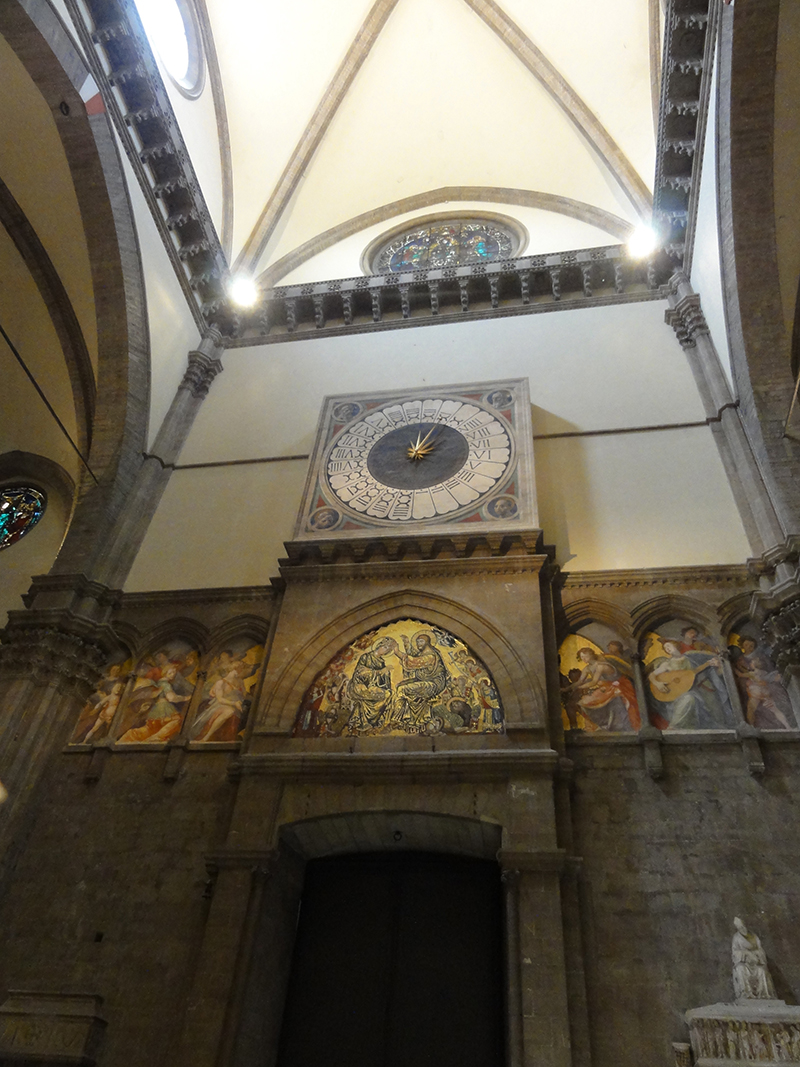
Finally, there is the glory of the Papal Basilica of Saint Peter in the Vatican. To say the church is huge is an understatement. The nave is two football fields long. In an acknowledgment to it’s size there are plaques on the floor inside that mark were other churches would fit inside the Basilica. Therefore, it is a very powerful building. Michelangelo’s first, and most famous, Pieta, along with other artworks give it a beauty only rivaled by that of Florence and the Sistine Chapel. The history of the Church is on display as well with the grave of St. Peter and other popes throughout the building. Light here is especially bright giving a sense that this church is a special place. All the elements make up for a building that celebrates the glory of the Church.
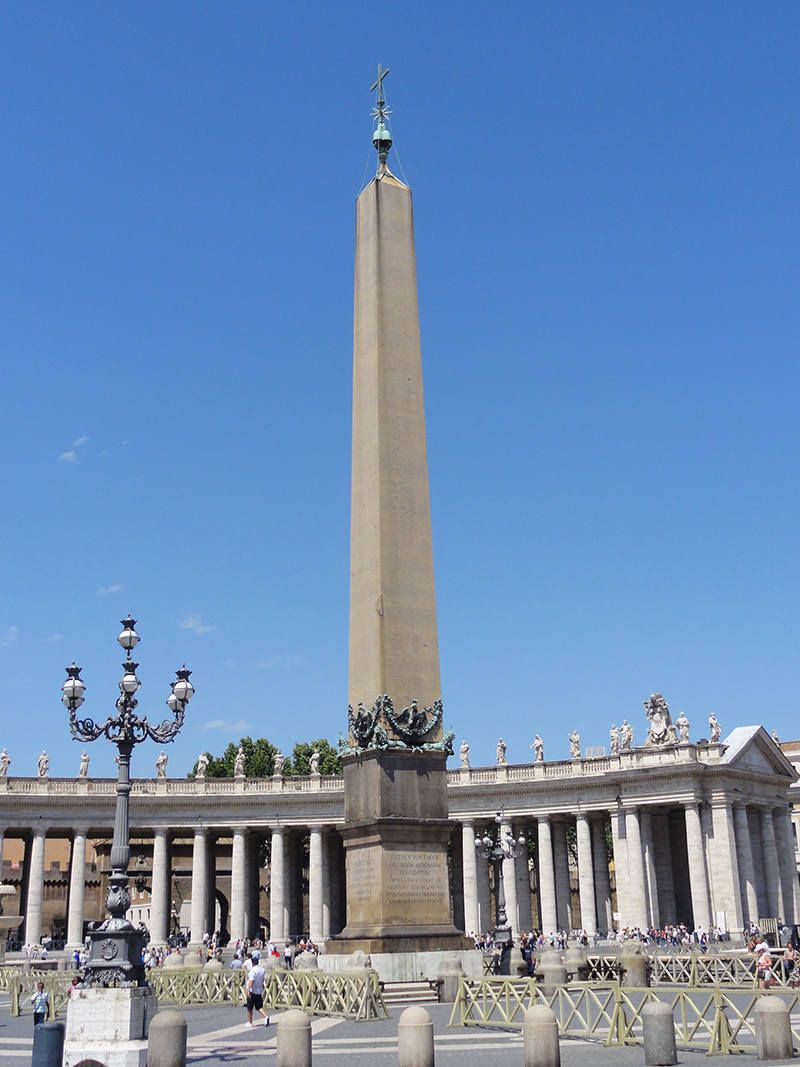
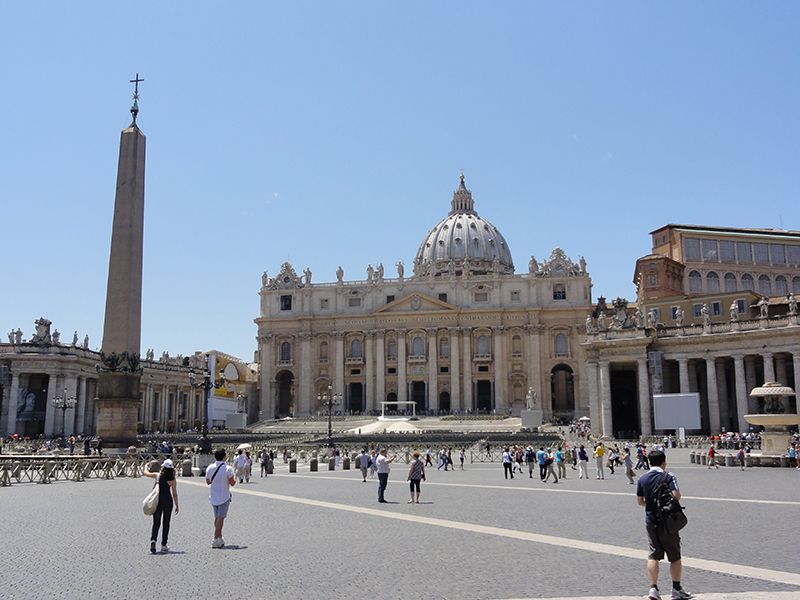
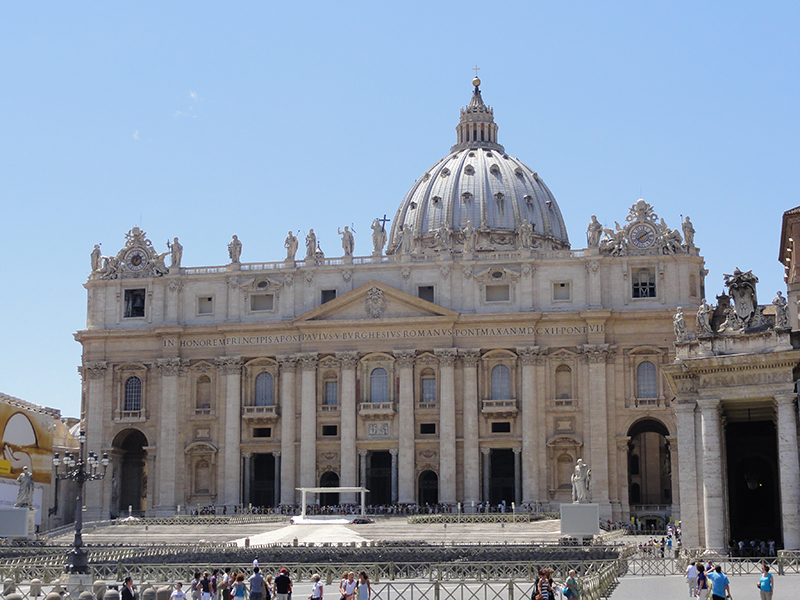
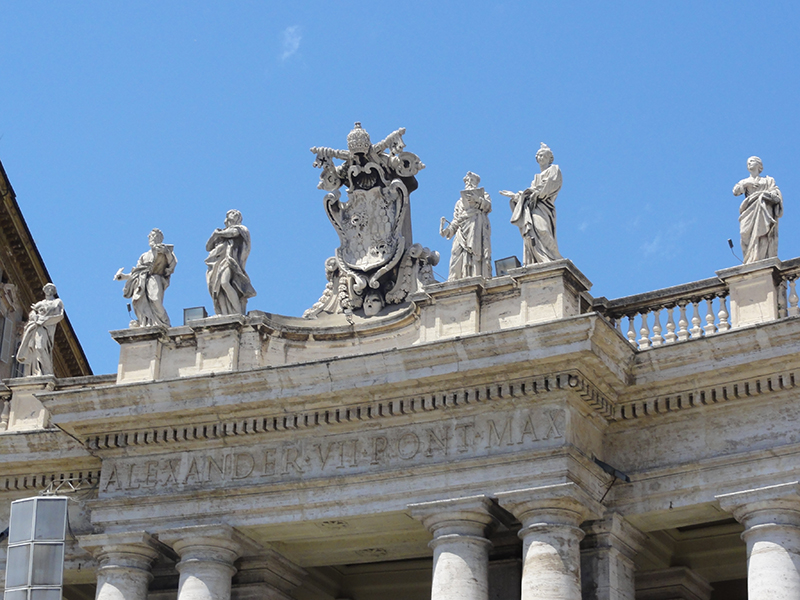
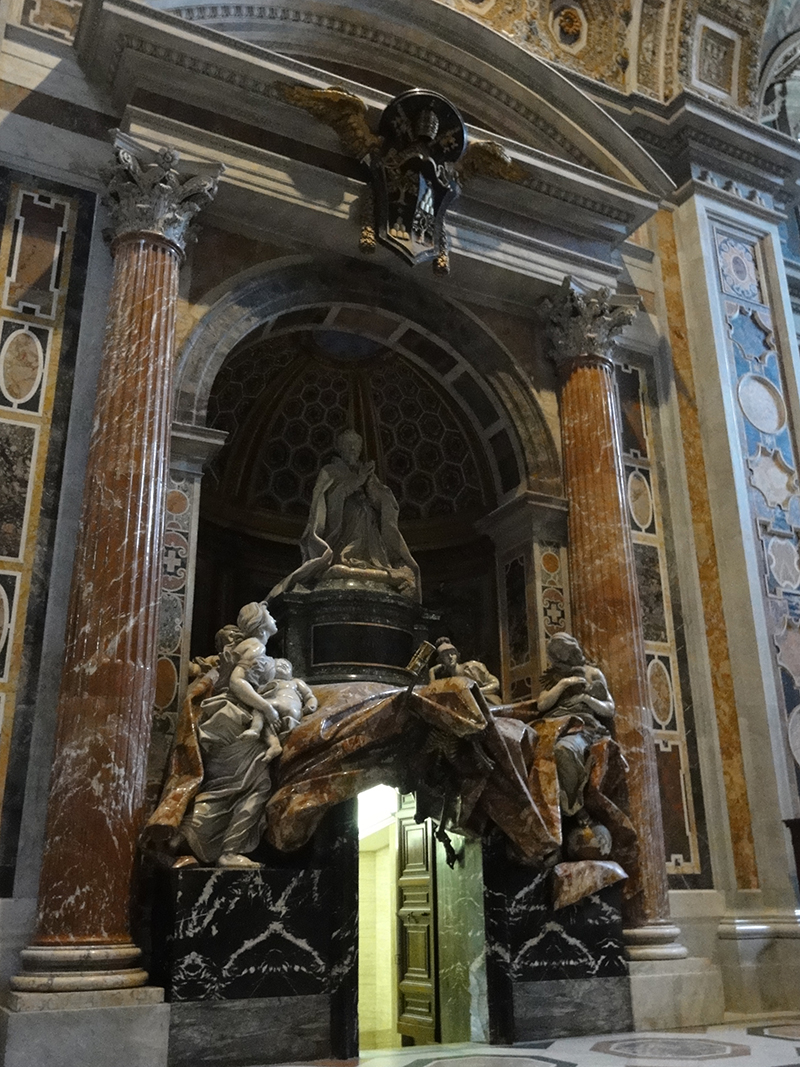
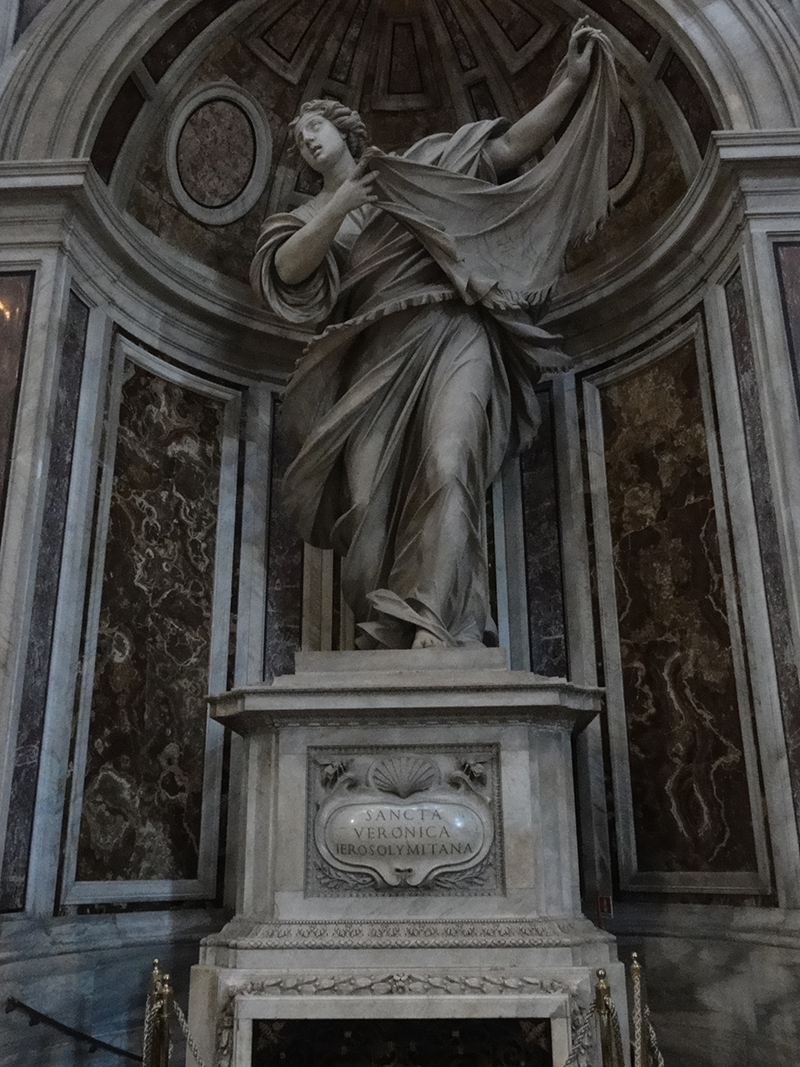 Inside St. Peter’s Basilica
Inside St. Peter’s Basilica
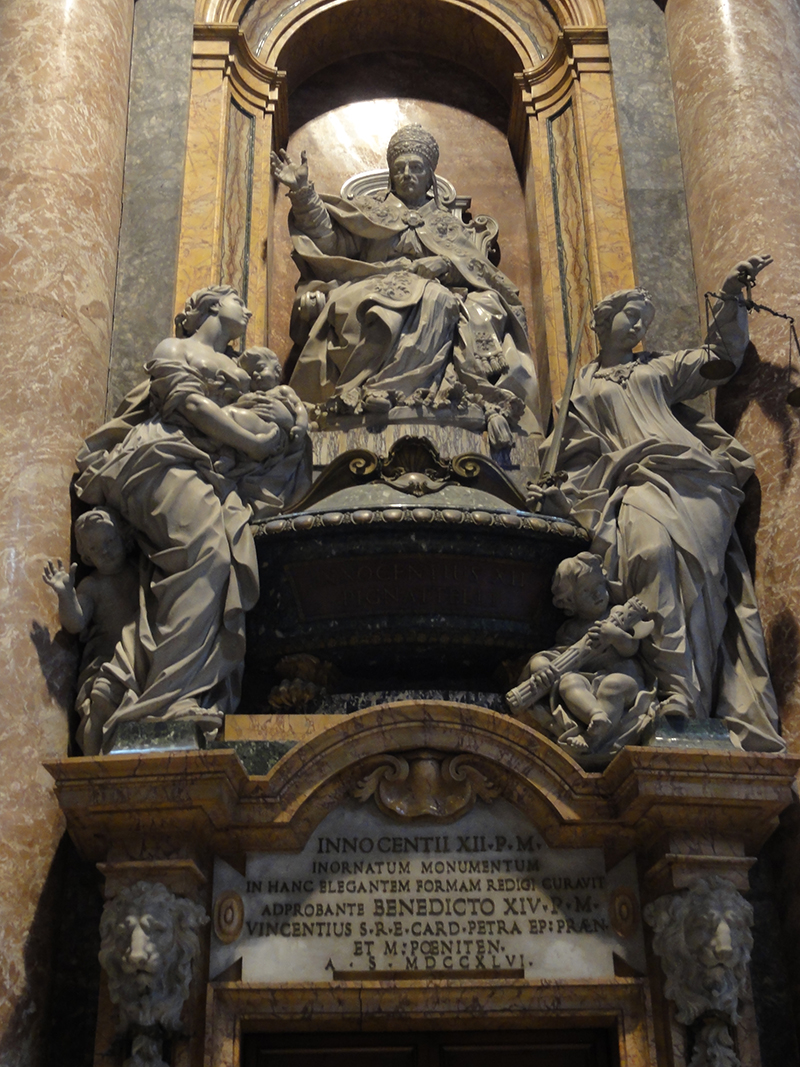
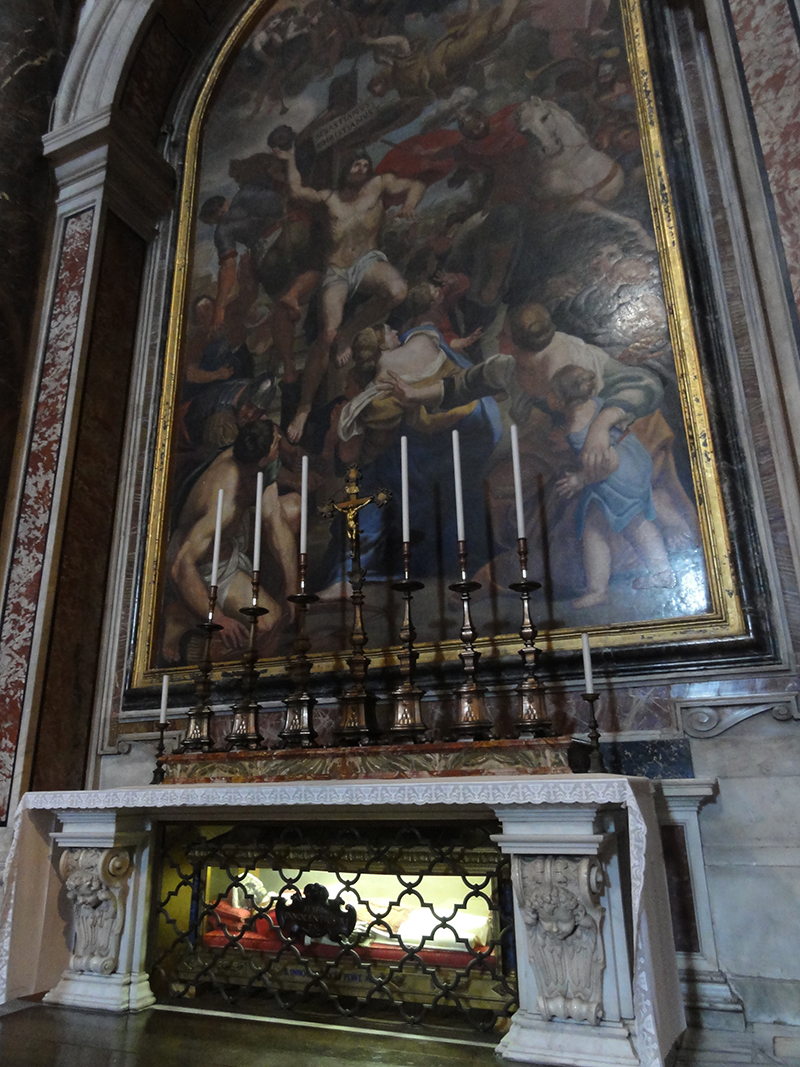
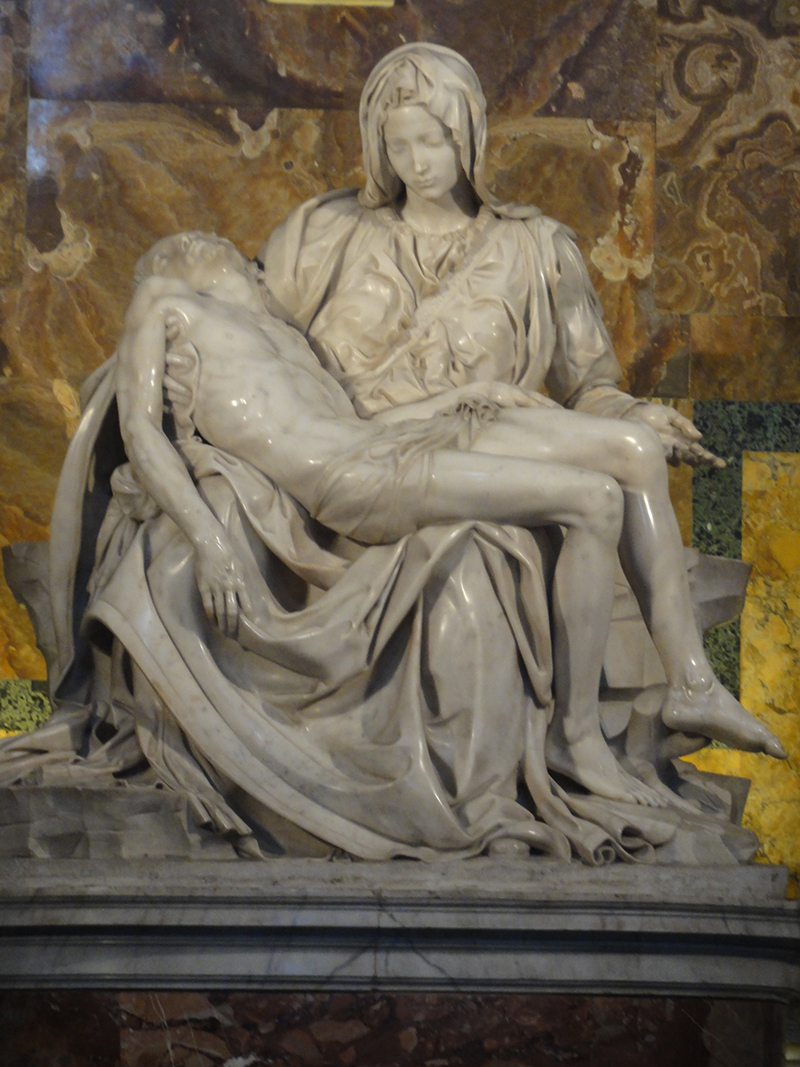
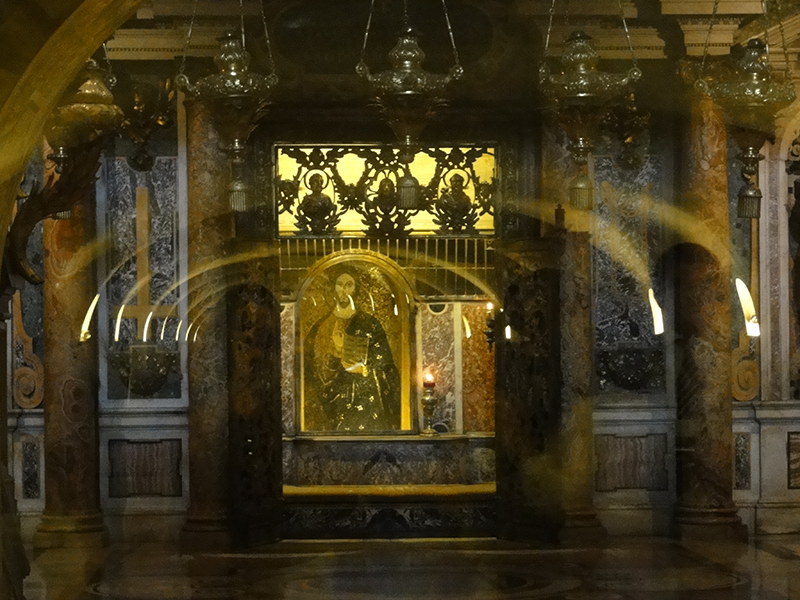
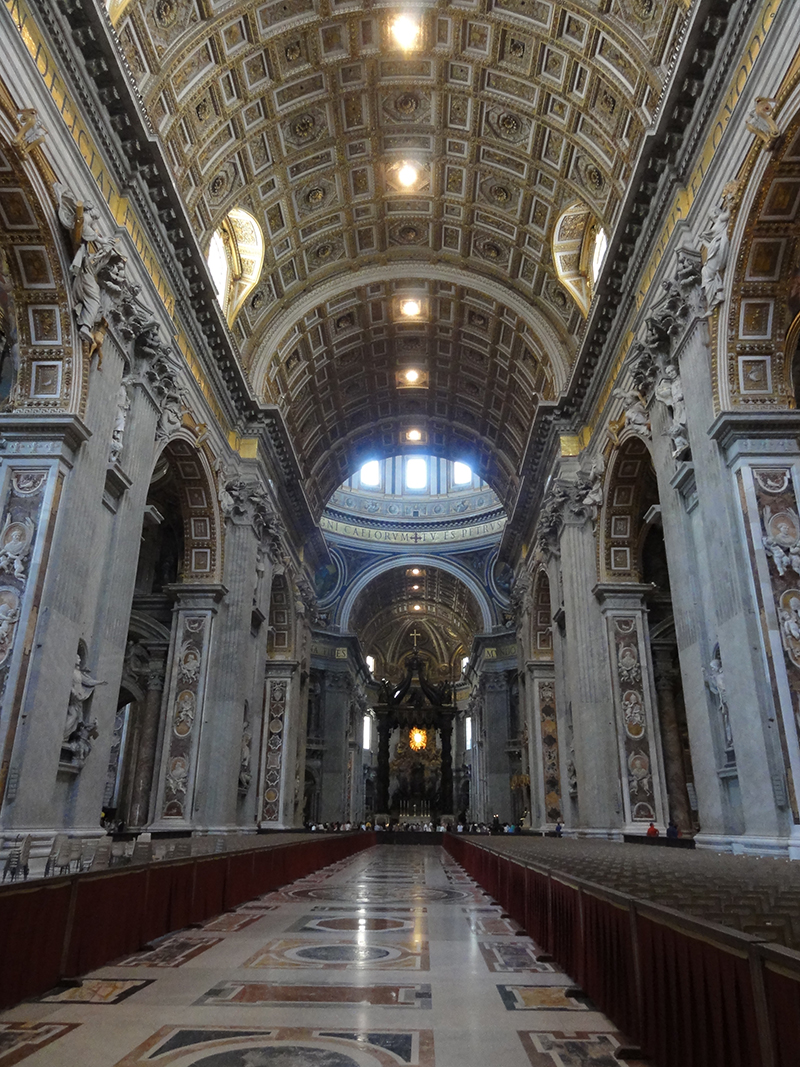
Special thanks to A Girl with a Longing Heart for giving me this blog assignment.
About The Author
Discover more from NolaNerdCouple.com
Subscribe to get the latest posts sent to your email.
